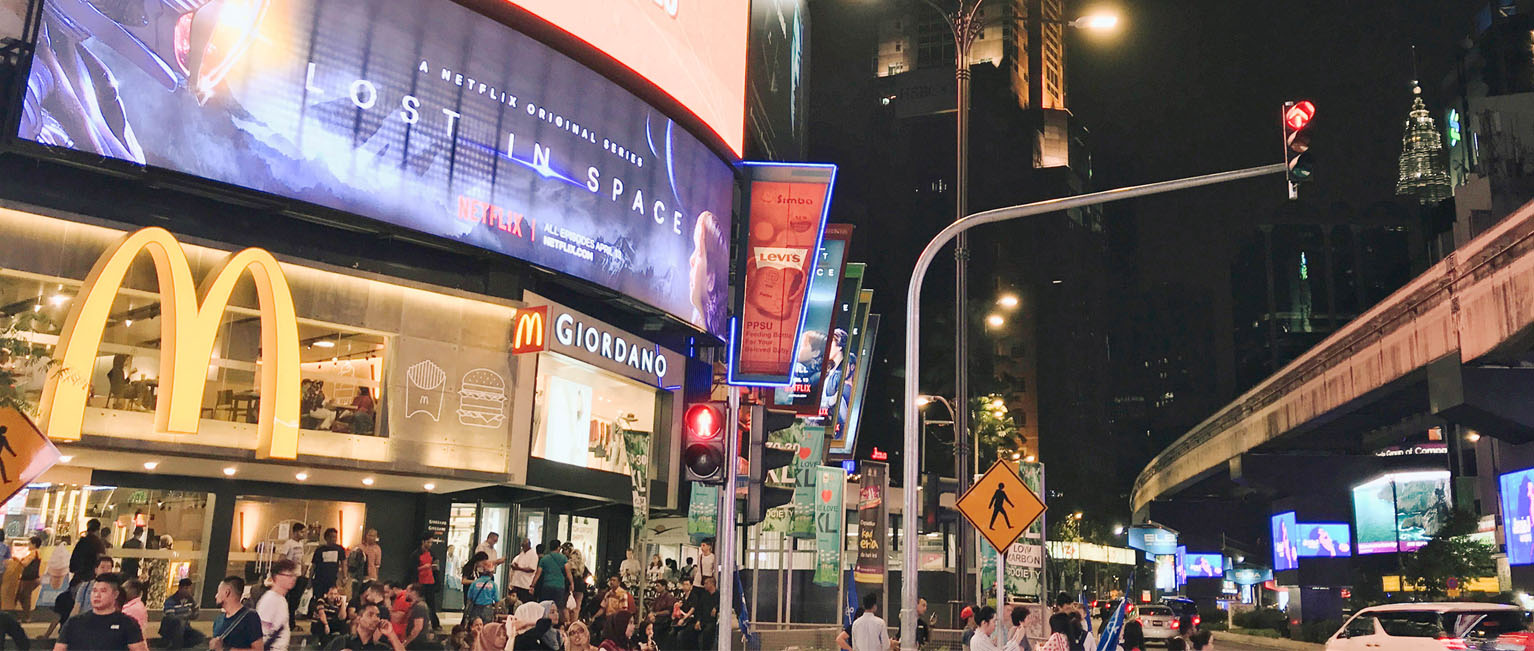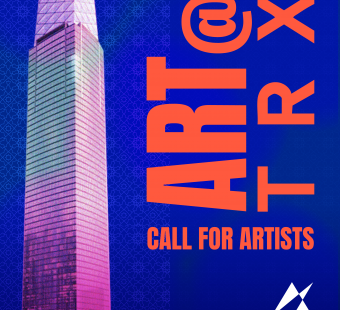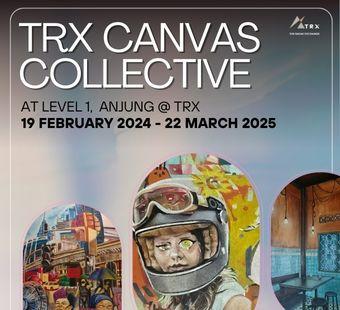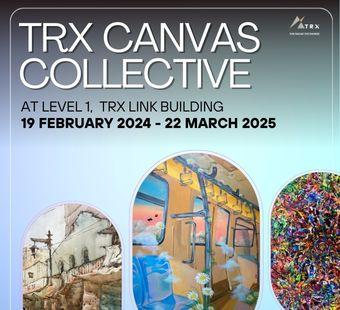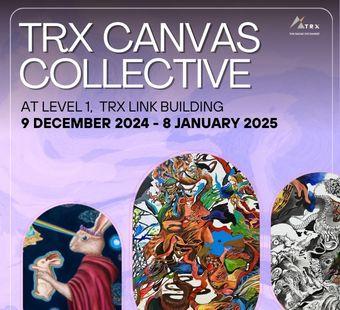Bukit Bintang has long been one of Kuala Lumpur’s (KL) most prominent commercial and entertainment districts.
Here, you will feel the electric excitement of one of KL’s busiest areas complete with skyscrapers, glitzy malls, food from every corner of the globe, bar-lined streets, live music, and all manner of goods and services from souvenirs to late-night massages.
Shopper’s paradise
A business centre from its earliest days, Chinese entrepreneurs set up shop along the Jalan Bukit Bintang stretch from as far back as the 19th century.
You can still see two-storey shophouse-style architecture dating back from before the second World War in Bukit Bintang today, especially in the entertainment sector around Changkat Bukit Bintang and Tengkat Tong Shin.
The oldest mall here - Sungei Wang Plaza built in 1977 - is a veritable institution where you can hunt through warren-like hallways for wacky keepsakes and fashion bargains.
Together with its companion, Bukit Bintang Plaza, which no longer exist, Sungei Wang had its heyday in the 1980s and 1990s, popular as a youth hangout.
Its appeal owed much to the relaxed atmosphere, the hosting of events such as fashion shows and concerts, as well as easy availability of affordable yet trendy apparel and the latest music.
In those days, cash-strapped young people could even get bootleg tapes and unauthorised compilations of hit songs customised to individual tastes at the record stores in the mall.
In the 1980s, as Malaysia’s economy boomed, Bukit Bintang began the facelift that would result in the inclusion of more upper-class target demographics.
Today, you can snag yourself the best of the high-end brands in either Pavilion or Starhill Gallery, which within a couple of years of opening in 2005 was listed the most beautiful mall in Asia by Forbes Traveller and mentioned by the New York Times as one of the Top 31 Places to Visit.
There are also more specialty offerings such as the techy mecca of Low Yat Plaza and the incredibly stylish Japan Store at Lot 10.
From urban neighbourhood to hottest entertainment district
As with most other early urban settlements, trade and ordinary life clustered together in the same locale, and Bukit Bintang was no different, combining business, entertainment and residential abodes side-by-side with the dubious character of the red-light district, stretching back to the early 20th century.
In the 1930s, BB Park, located where Sungei Wang Plaza is today, was an entertainment hub managed by Shaw Brothers. The centre was famous for its cabarets and dance halls. It also featured boxing matches, stage and theatre shows, restaurants, exhibitions and games stalls.
The centre closed in the 1970s, but BB Park lives on in an adjacent corner which features alfresco dining with local, regional and international food, alongside art galleries, bars, and a central stage with live music and cultural shows.
Bukit Bintang was also once home to one of KL’s most well-known standalone movie theatres, Cathay Cinema, built on Jalan Bukit Bintang in 1958.
Slowly but surely, Bukit Bintang would clean up its seedier side and simultaneously embark on a journey of specialisation into a lively retail and entertainment district.
In the face of modernisation, Cathay Cinema was closed in 1997, and torn down in 2002. Today, the gleaming new Bukit Bintang MRT station occupies the site where the cinema once stood.
One of the city’s most popular shopping destinations, Pavilion, stands on the site of what was one of KL’s oldest and most beloved schools, Bukit Bintang Girls’ School (BBGS). The school moved to Cheras in 2000.
What was once more of a residential area, just a block away from where BBGS once stood, Changkat Bukit Bintang is now lined with restaurants and bars catering for all tastes and frequented by locals and international visitors,
However, if you look closely, traces of the neighbourhood vibe are still discernible; in between the backpackers’ hotels and trendy bars, some residences remain in the form of double-storey terrace homes and shophouses.
Food haven
Throughout its history, food in Bukit Bintang has always been plentiful and delicious, and you can still get some of the tastiest fare here for just a few ringgit.
A Bukit Bintang landmark, Jalan Alor, was once the heart of KL’s red-light district. Over the past decades, it has remade itself into one of the city’s most famous eating havens, benefitting from being within walking distance of the bar area of Changkat.
The street comes alive at night with thronging crowds amidst the sights, sounds and smells of hawkers cooking on pavement cafes. Dining is done on collapsible tables on the street itself.
A never-ending array of dishes is brought forth from the hundreds of roadside stalls, coffee shops and restaurants selling variations on local Chinese seafood dishes, as well as other delicacies like local fruits and juices, satay, barbequed meats, roast duck alongside more modern inventions like bubble tea.
Then there are the Middle Eastern gastronomy options that have mushroomed in Bukit Bintang over the years. Concentrated on the street close to Pavilion and the MRT station, they have become firm favourites among locals and visitors alike.

